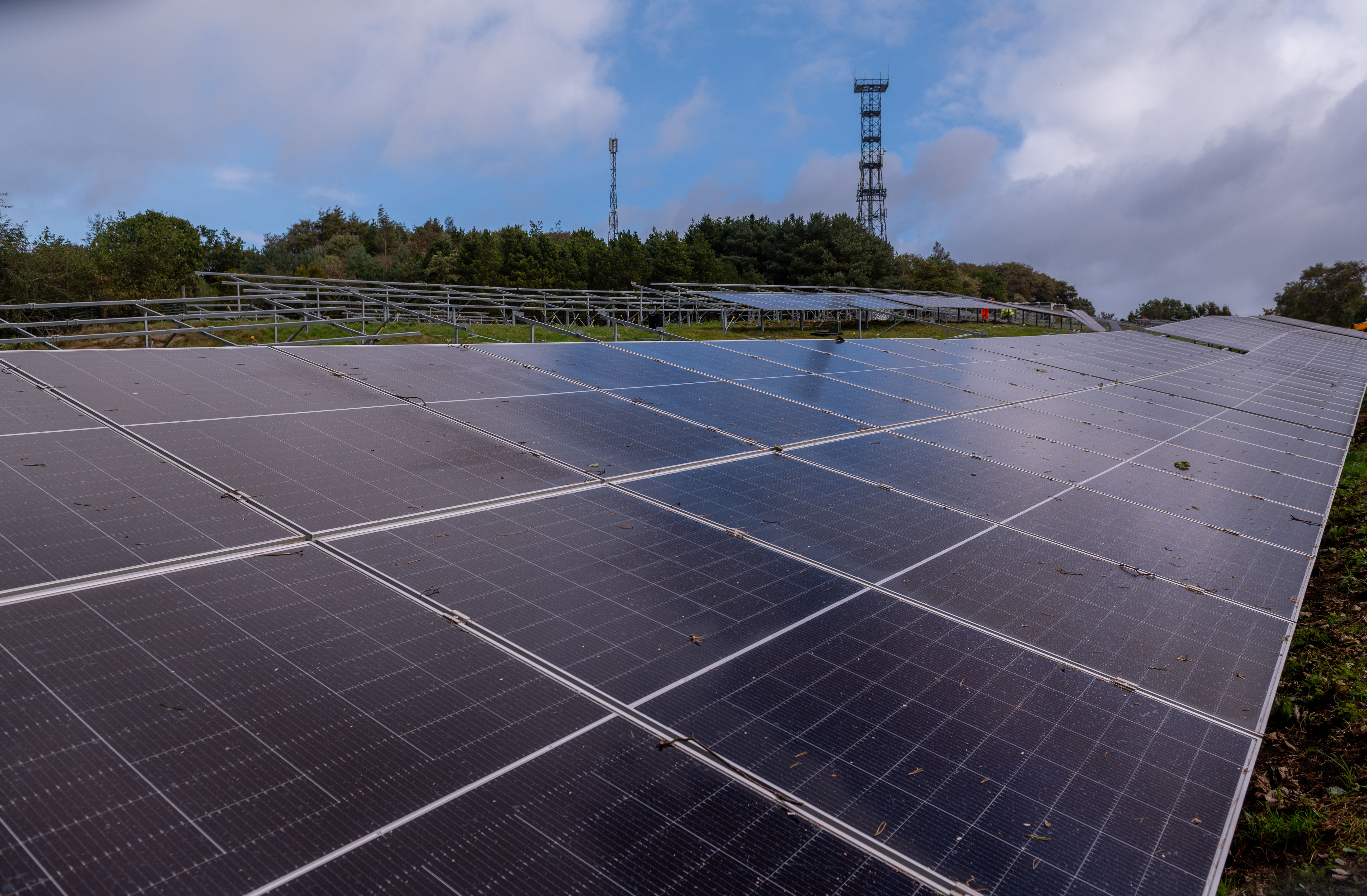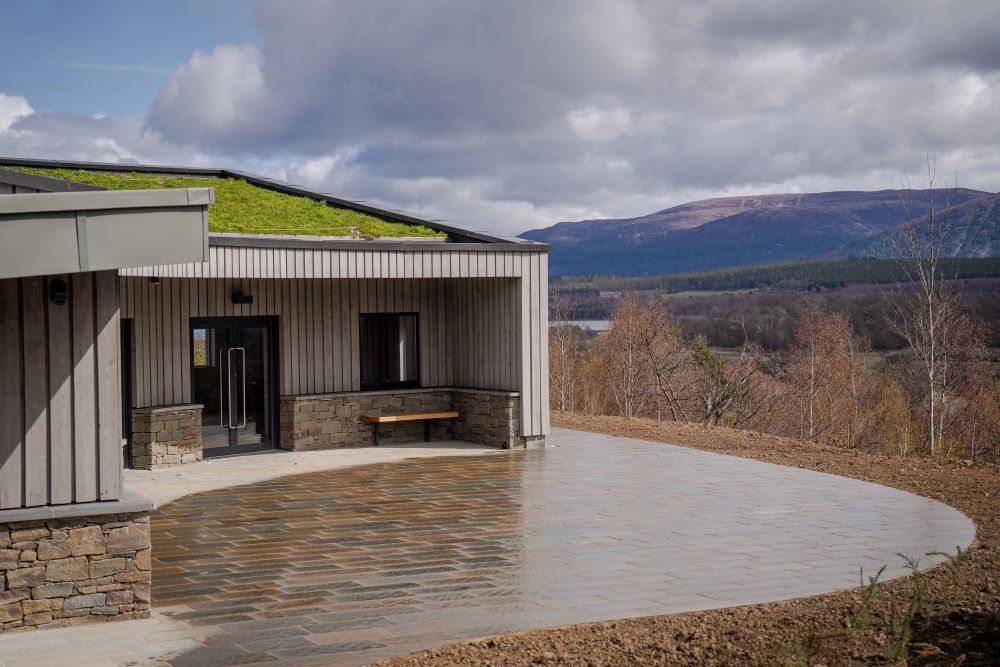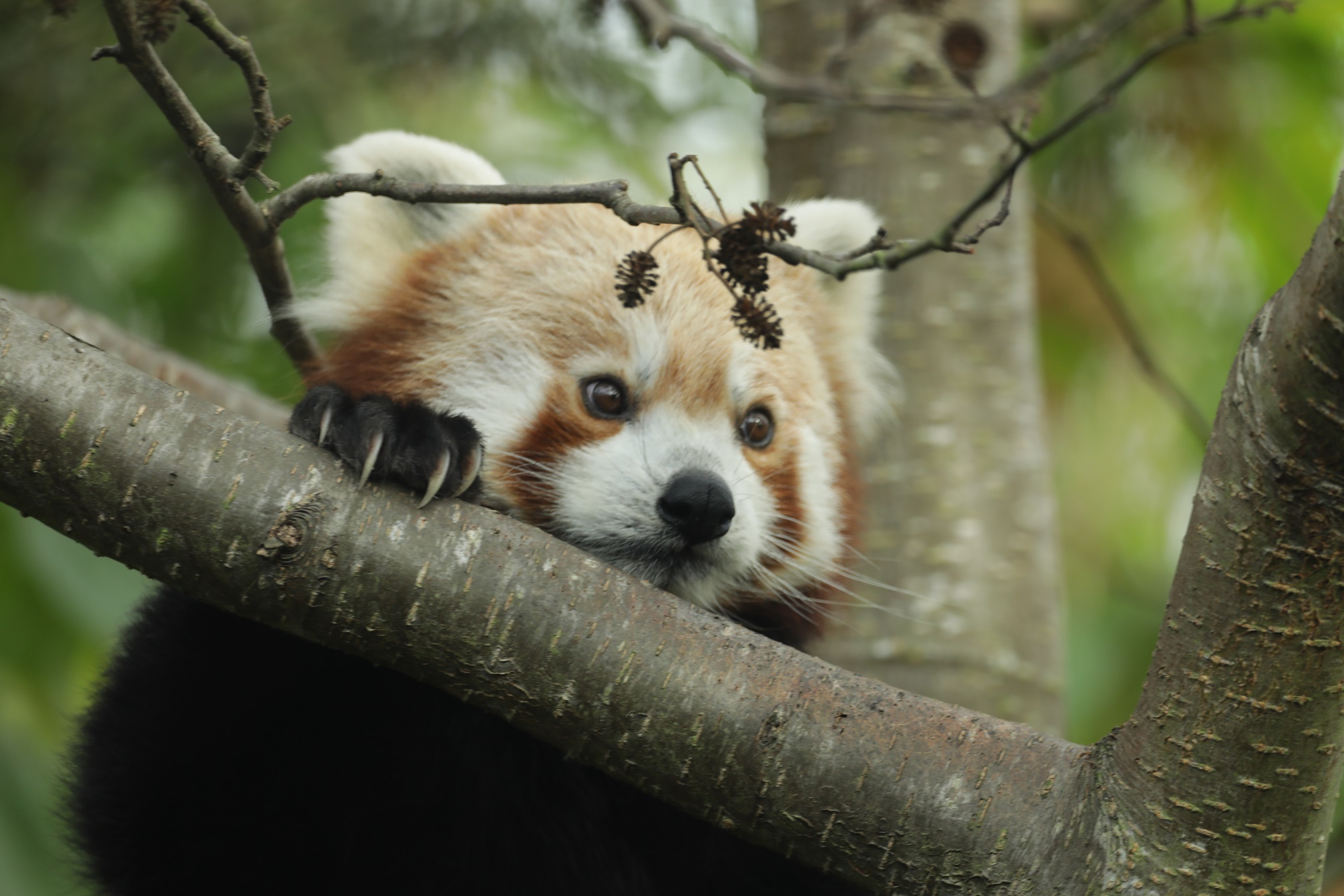Earth Day 2025: Our Power, Our Planet
Posted 22 Apr 2025

This Earth Day we are celebrating the 2025 theme of "Our Power, Our Planet”. At the Royal Zoological Society of Scotland (RZSS) we are keenly aware of the climate crisis and the impact it has on life around the world. As climate change threatens our biodiversity and more and more species with extinction, our 2030 strategy pledges to reverse the decline of 50 species by the end of the decade, reduce our carbon footprint by 60% by 2030 and develop a strategy to be net zero by 2040.
It’s vital that we inspire people to protect, value and love nature, and that starts with ensuring we’re reducing our own carbon paw-print on site at our zoos.
Solar meadow
Edinburgh Zoo is now home to the UK’s largest zoo-based solar array, featuring more than 1,500 bifacial solar photovoltaic (PV) panels. On 11 June 2024 we switched on the solar meadow, and since, it has generated 614,314 kWh of power. Of that, 525,450 was used on site, which led to a 22% reduction in our grid electricity usage compared to the year before. This represents a saving of 110 tonnes of CO2e to our carbon footprint.
Over the course of a full year, we expect the solar meadow to generate about 25% of our total electricity requirement. The remaining 106,550 kWh has been exported to the grid, which is enough power to cover the electricity usage of 31 medium energy usage houses for a full year.
Nature and nature-based solutions must be prioritised, and our new solar installation with E.ON is a huge step in setting RZSS as a global exemplar for biodiversity and sustainability.


Scotland’s Wildlife Discovery Centre
Recent visitors to Highland Wildlife Park will have had the chance to visit our newest development, Scotland’s Wildlife Discovery Centre (SWDC) which opened last year. The centre connects more people with wildlife and inspires action to protect nature at a time when the world faces a biodiversity crisis.
One of the ways our new hubs are as environmentally friendly as possible is by using lambswool insulation. Sheep need to be sheared annually for their own health and their wool is an effective insulator. Using their wool has reduced our plastic usage and allows us to use less energy overall. When it comes time to replace, the insulation can even be composted.
To heat the new buildings, air source heat pumps take heat from the outside air to warm up water that will be used in underfloor heating - essentially a very fancy, eco-friendly kind of radiator! Thanks to some clever engineering, air source heat pumps can still take warmth from the air even when it's below freezing at the park.
The outside of the hubs also contributed to our net-zero ambitions. We have used sustainably sourced larch from well managed forests to clad the buildings, with all wood coming from within 100 miles of the park. Locally quarried substrate also allowed us to reduce our emissions.
When the foundations of the buildings were laid, we had to remove stones from the area. These were broken down and used for landscaping across the park, eliminating the need to transport the stones off-site for disposal.
Since 2019 we have conducted a yearly Greenhouse Gas inventory across the zoo and park to allow us to work out the carbon footprint of all RZSS operations. 2019 is our baseline year, against which we track our progress.
In 2024 our emissions were 12% down the previous year, bringing us closer to being on track to meet our goals.
Though we have made good progress towards becoming net zero by 2040 there is always more work to be done and we are excited to implement even more sustainable practices in future.

